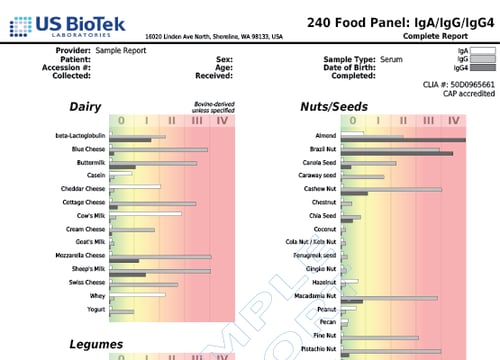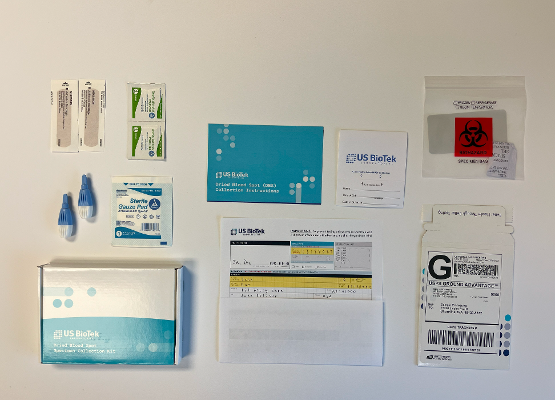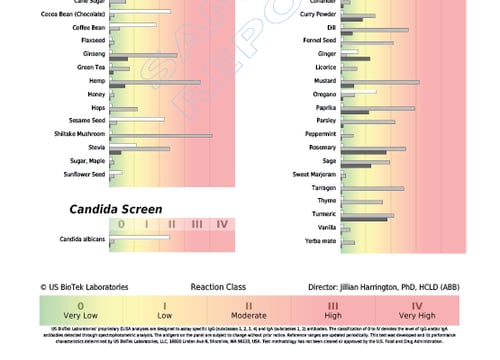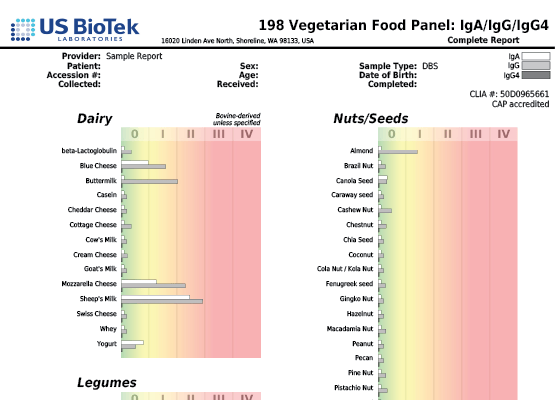Phthalates: Detoxifying This Modern-Day Threat to Health
Presented by Dr. Chris D. Meletis, ND
Every patient has a toxic burden. The level of burden and unique susceptibility based on genetics and epigenetics determine each patient’s ability to detoxify phthalates and other environmental pollutants. Quantifying total burden, detoxifying, then reassessing for successful detoxification is essential for eliminating obstacles to healing certain conditions. Addressing the cause of conditions such as metabolic syndrome, obesity, thyroid disorders, infertility, ADHD, asthma, and cardiovascular disease include identifying and eliminating phthalates burden.
Exposure to phthalates can occur from the time of conception and persist throughout a lifetime. Widespread exposure occurs through ingestion, inhalation, contact through the skin, and parenteral exposure from medical devices containing phthalates. Low-molecular-weight phthalates, such as diethyl phthalate (DEP), di-n-butyl phthalate (DnBP), and di-iso-butyl phthalate (DiBP) are used primarily in personal care products such as body lotions, cosmetics, shampoos, perfumes/colognes and deodorants, and as varnishes and coatings, including coatings used for time-release in some orally administered medications.











